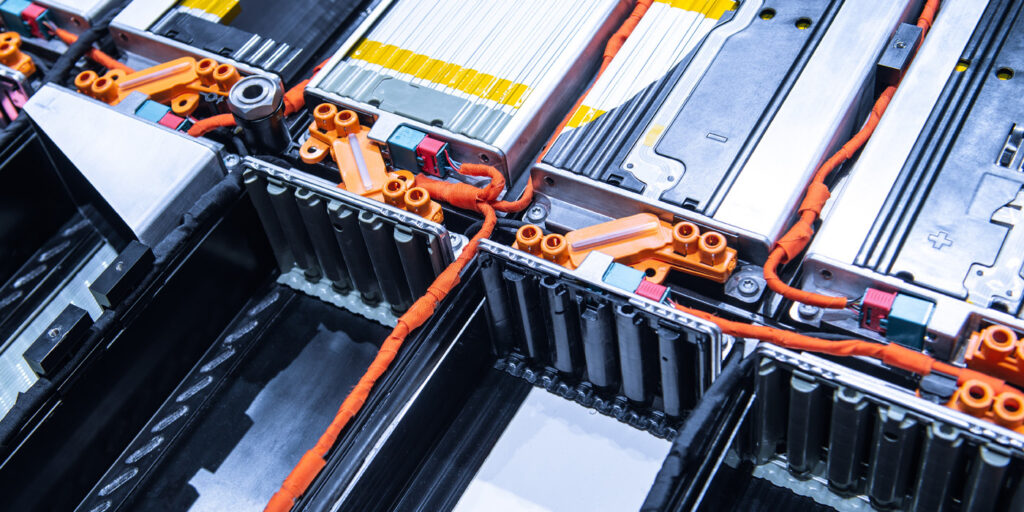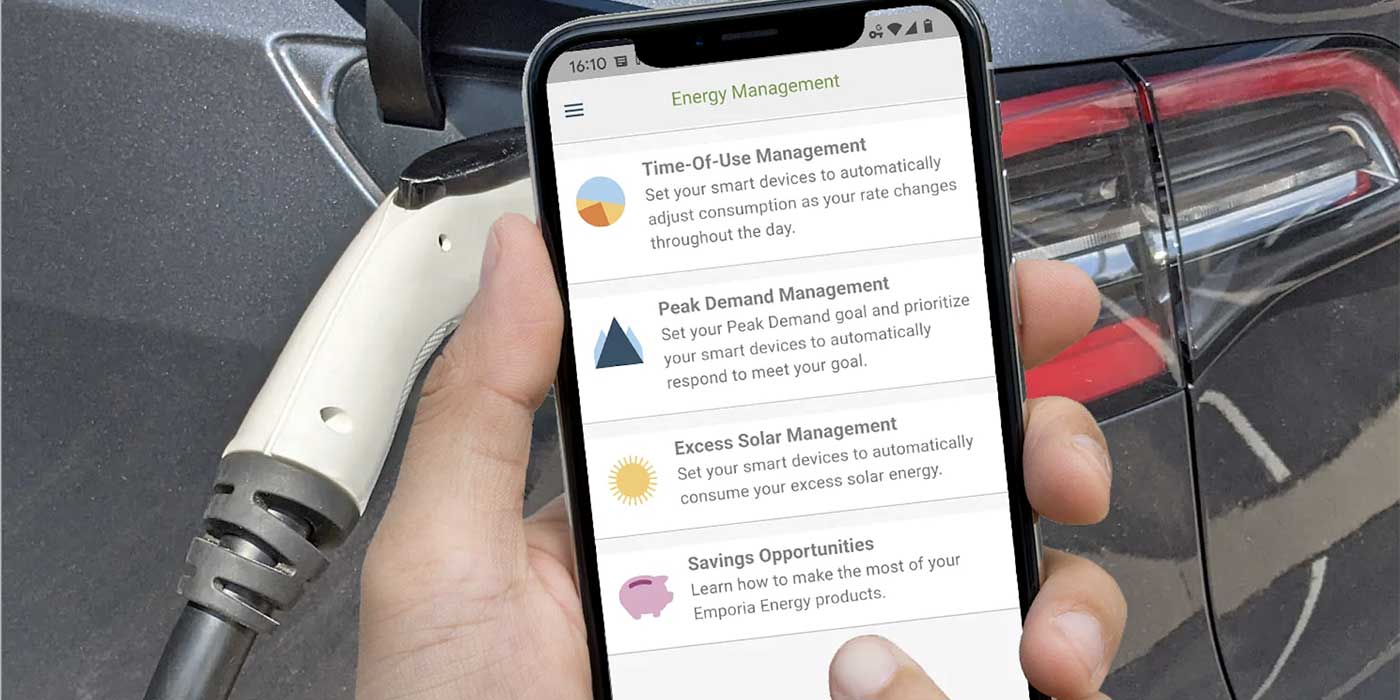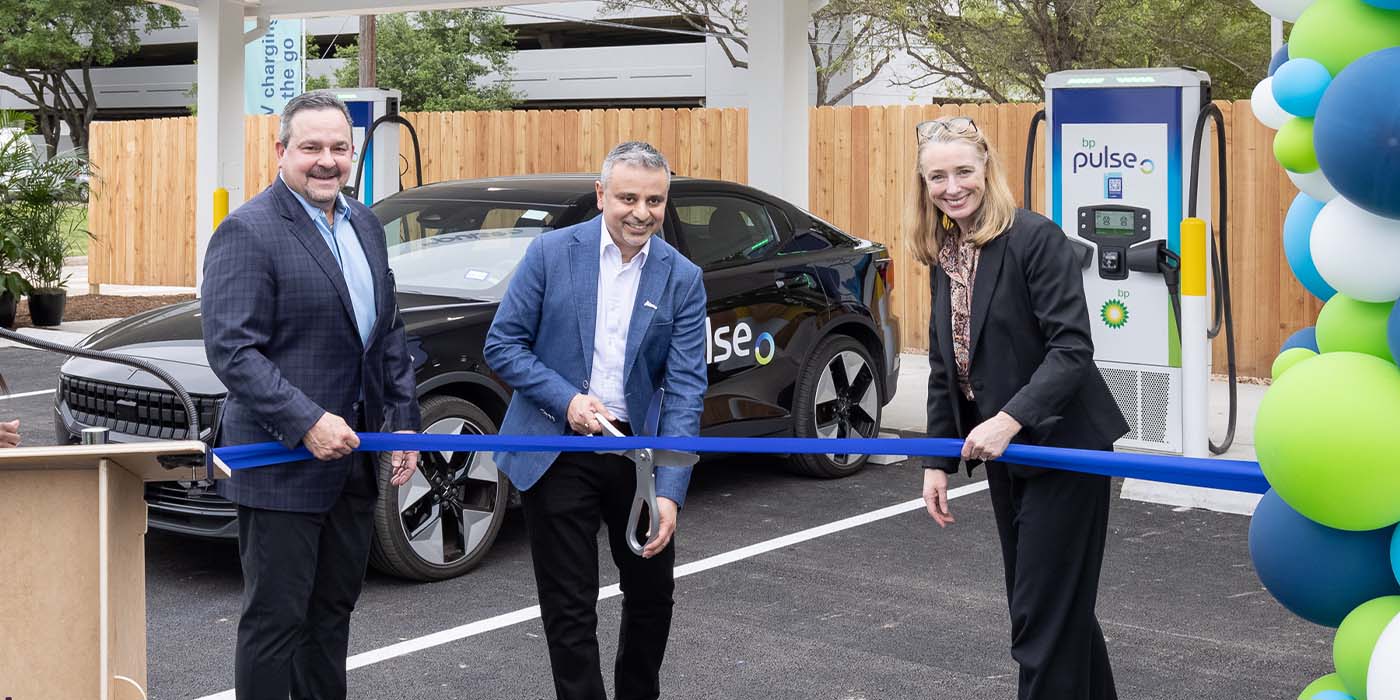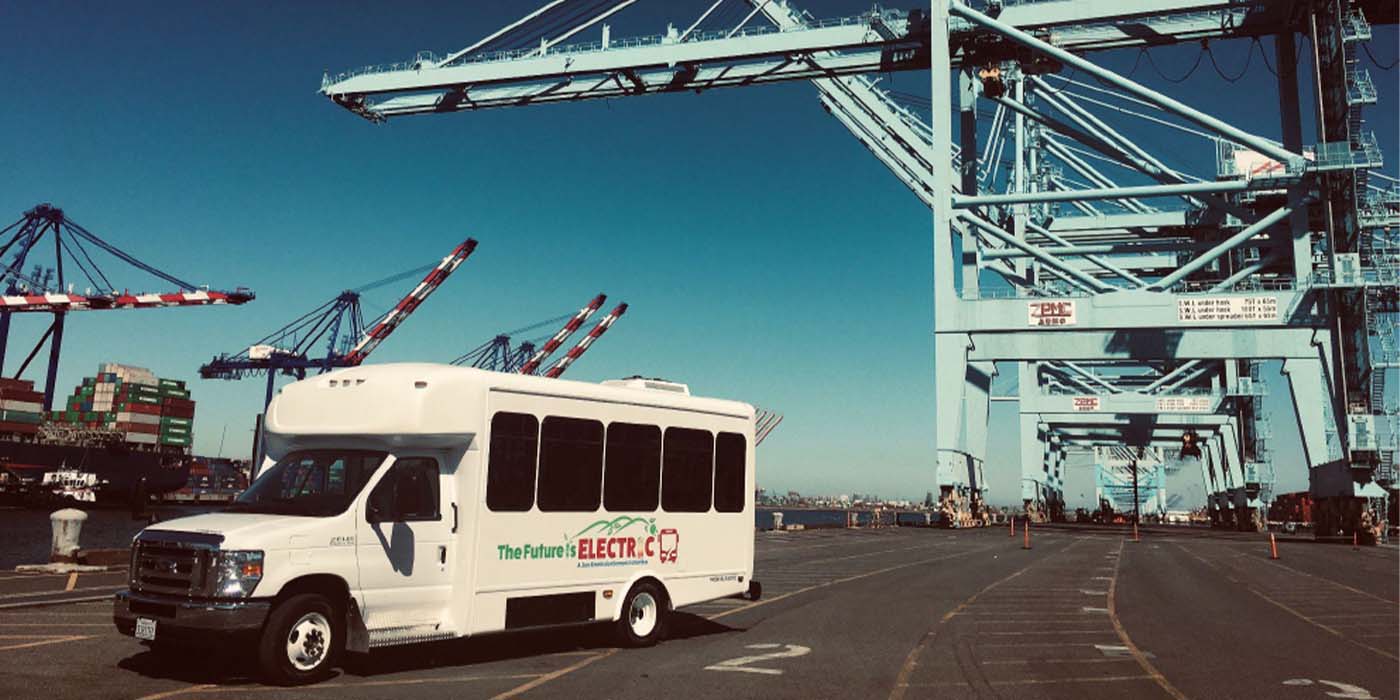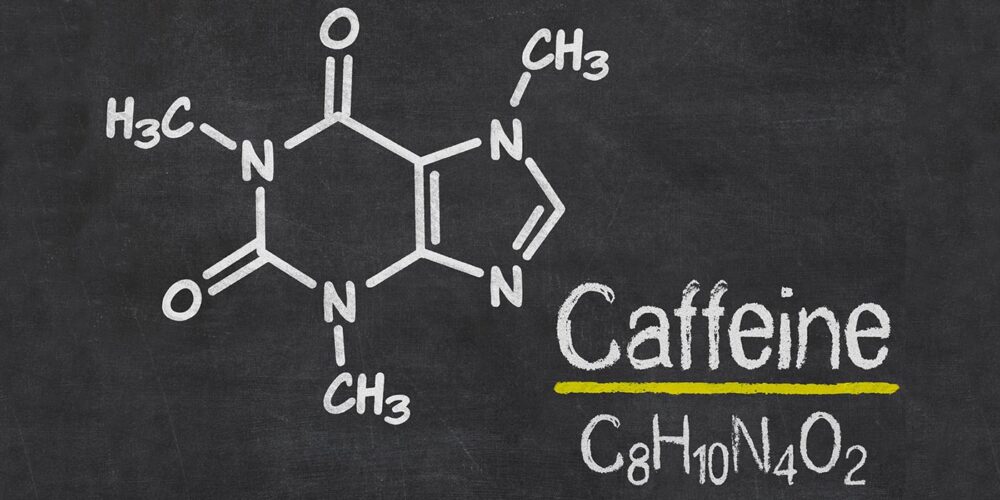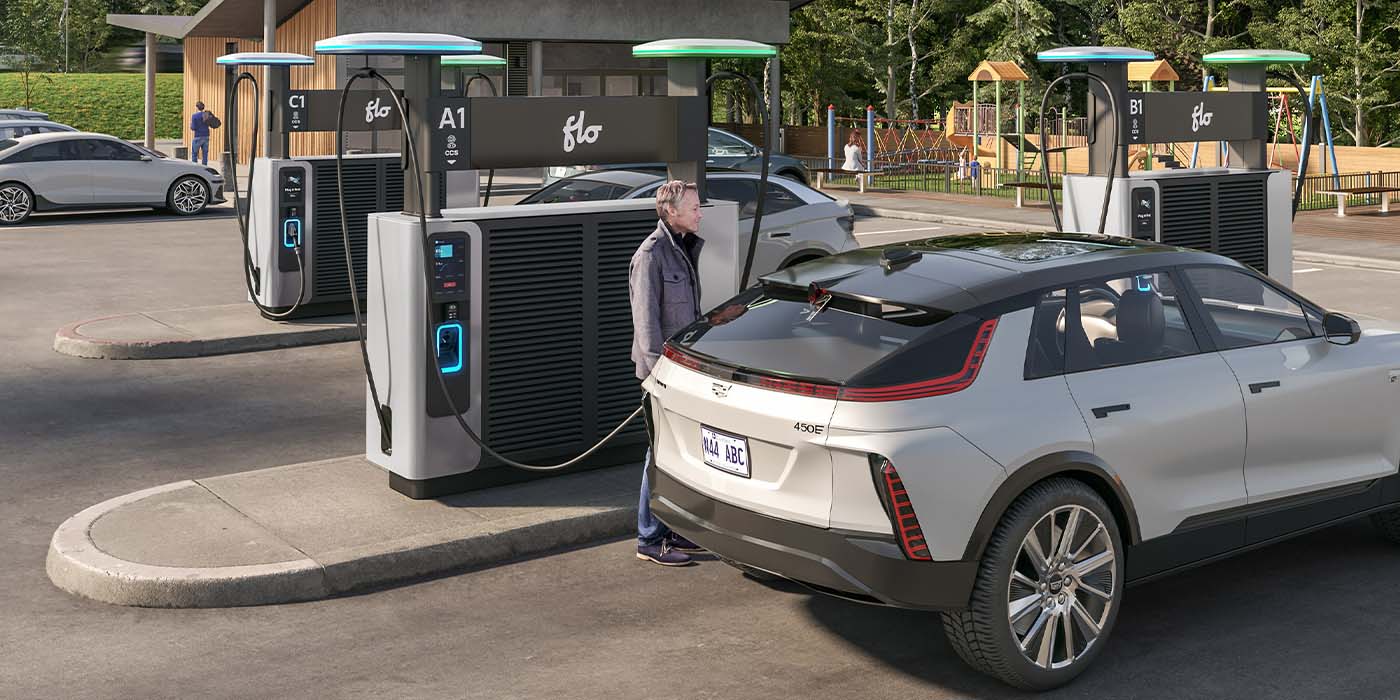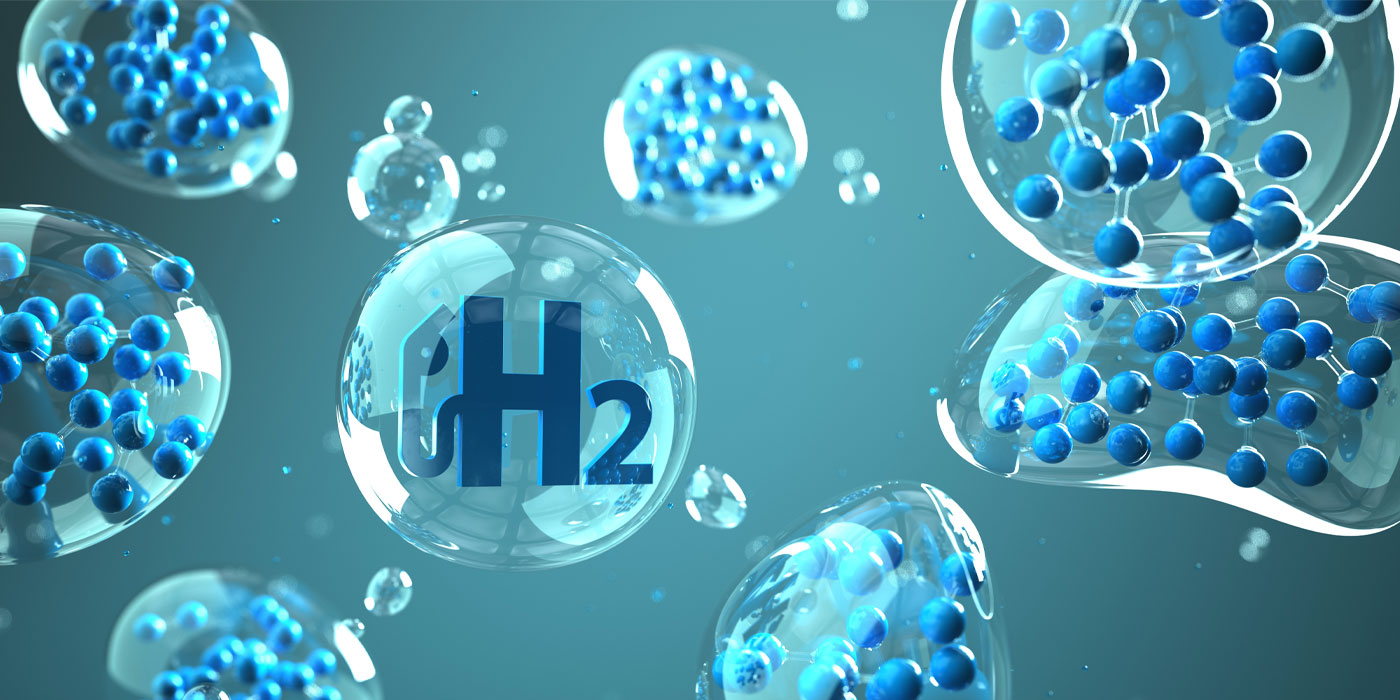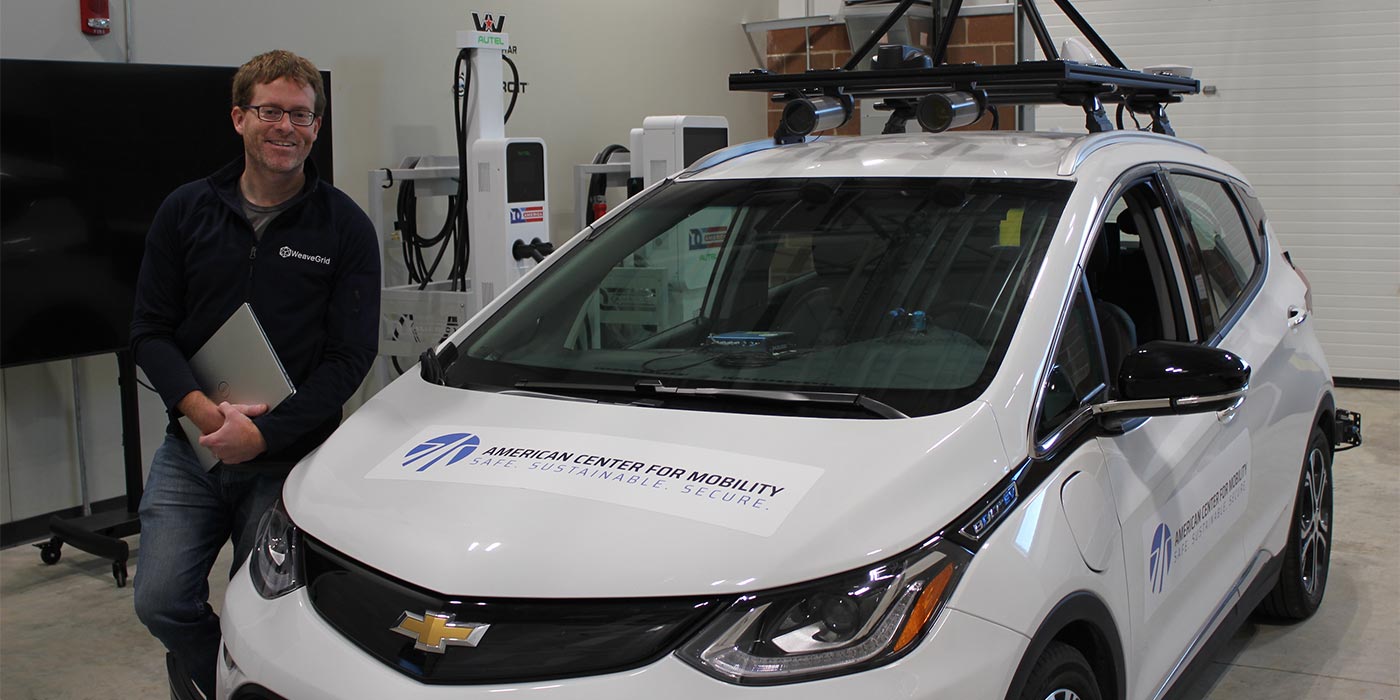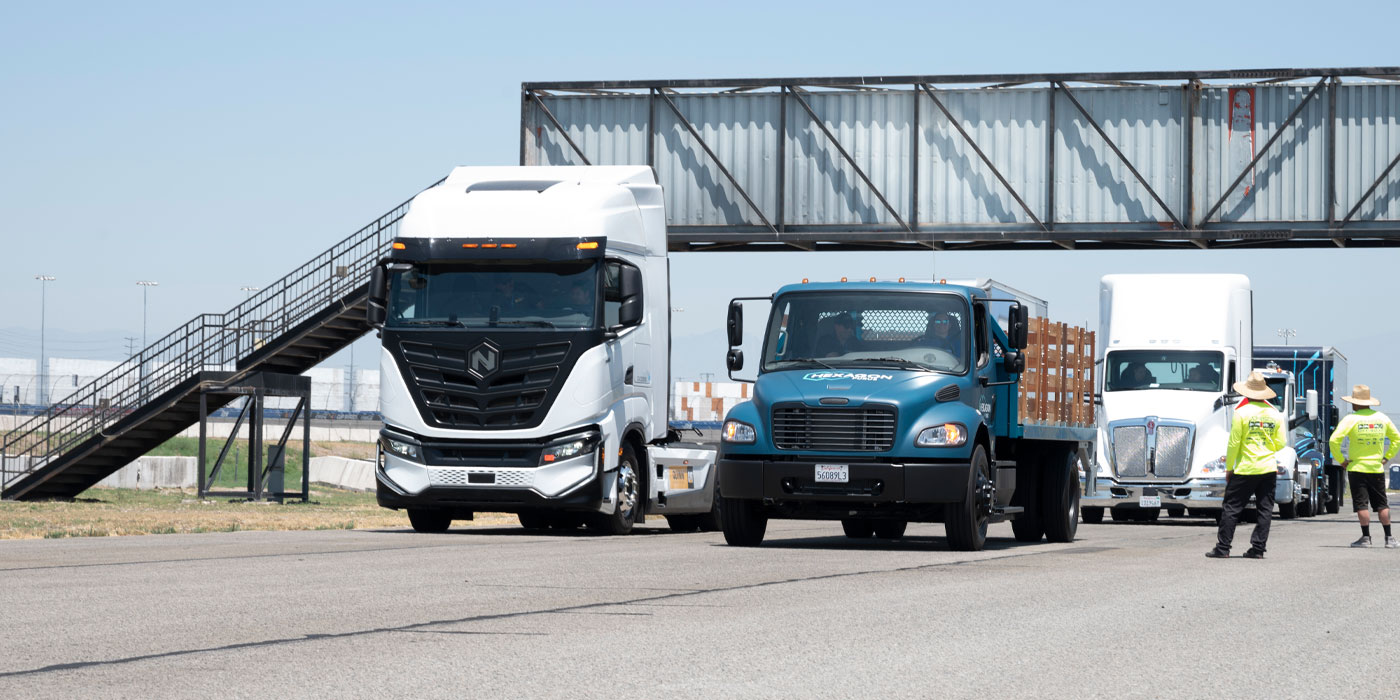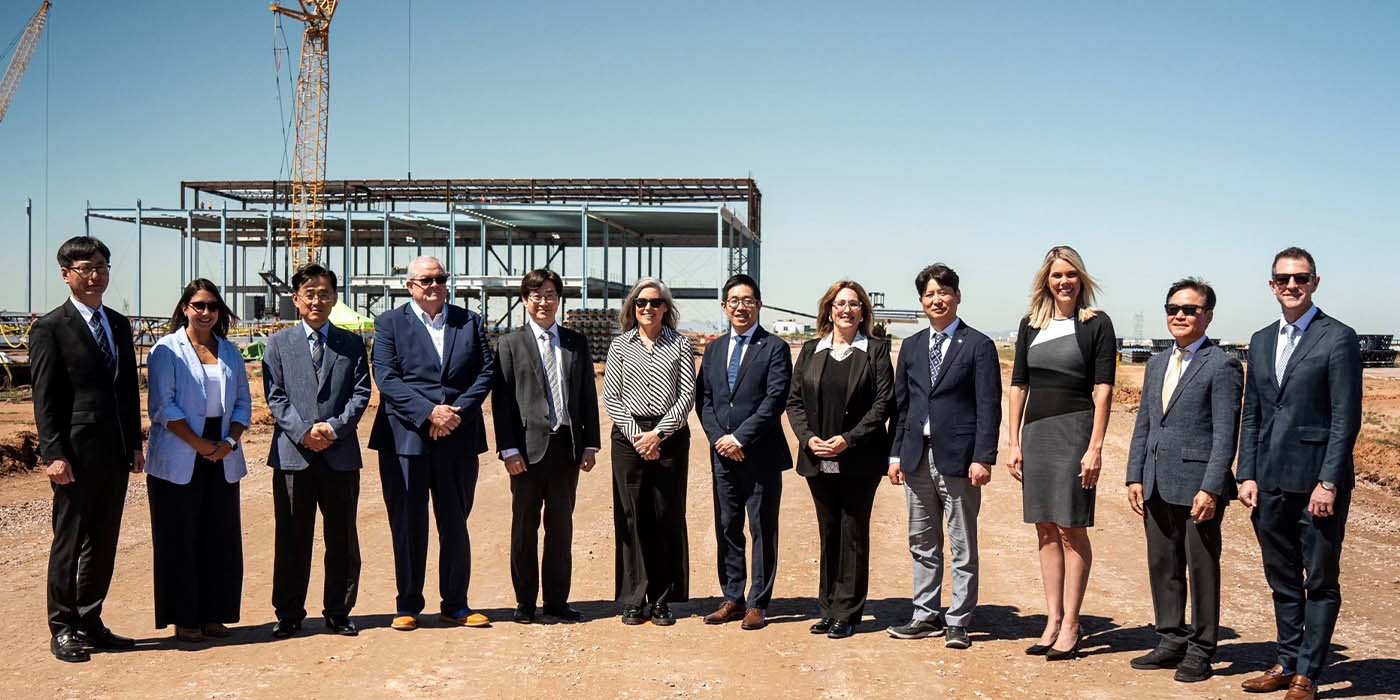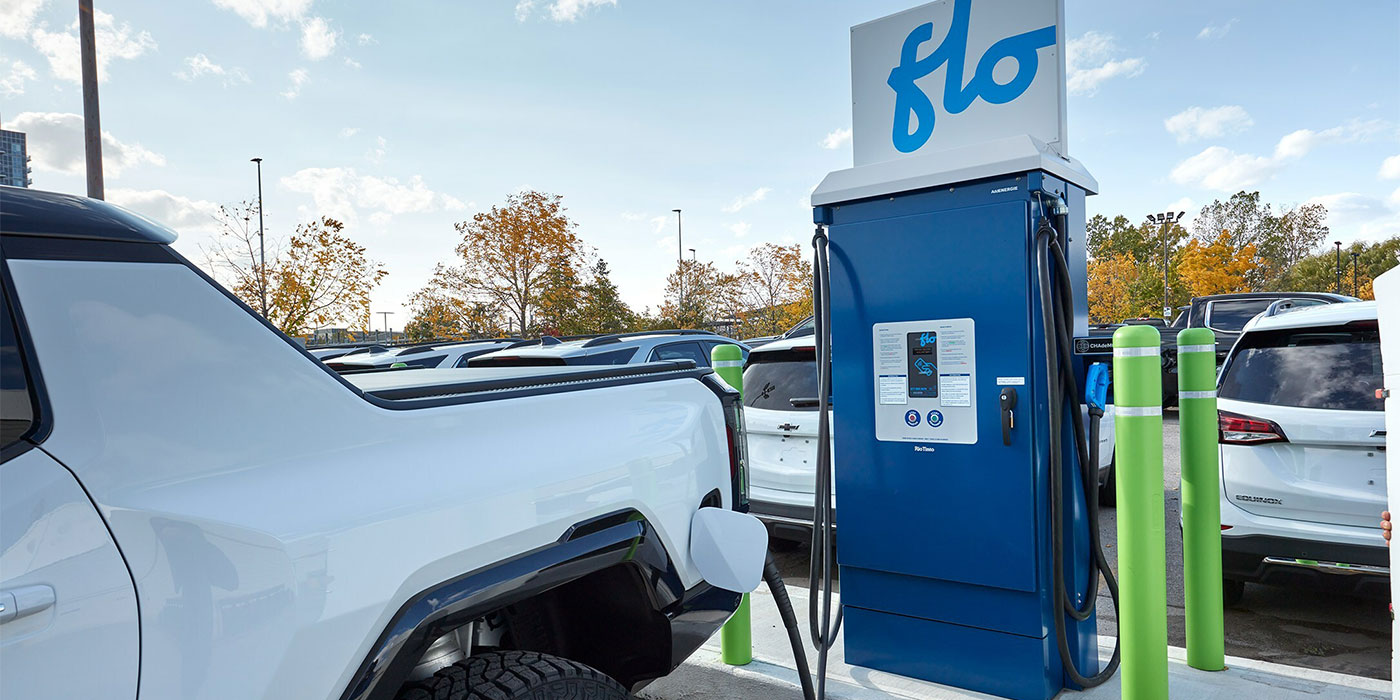General Motors (GM) has agreed to form a strategic investment and commercial collaboration with Controlled Thermal Resources (CTR) to secure local and low-cost lithium. This lithium will be produced through a closed-loop, direct extraction process that results in a smaller physical footprint, no production tailing and lower carbon dioxide emissions when compared to traditional processes like pit mining or evaporation ponds, according to GM.
Lithium is a metal crucial to GM’s plans to make more affordable, higher mileage electric vehicles, the company says. GM says a significant amount of the company’s future battery-grade lithium hydroxide and carbonate could come from CTR’s Hell’s Kitchen Lithium and Power development in the Salton Sea Geothermal Field, located in Imperial, California. With the help of GM’s investment, CTR’s closed-loop, direct extraction process will recover lithium from geothermal brine.
As the first investor, GM will have first rights on lithium produced by the first stage of the Hell’s Kitchen project, including an option for a multi-year relationship.

